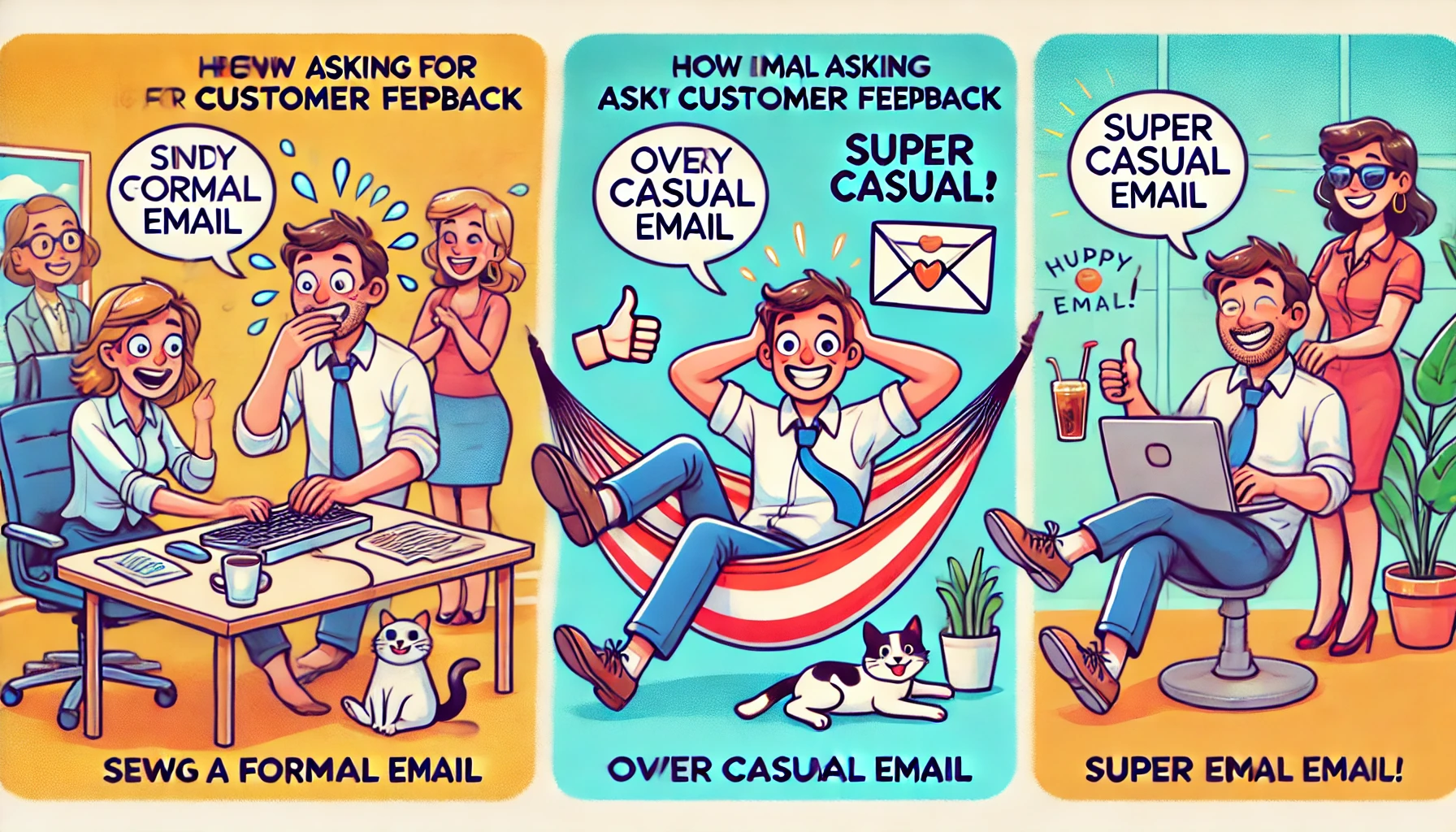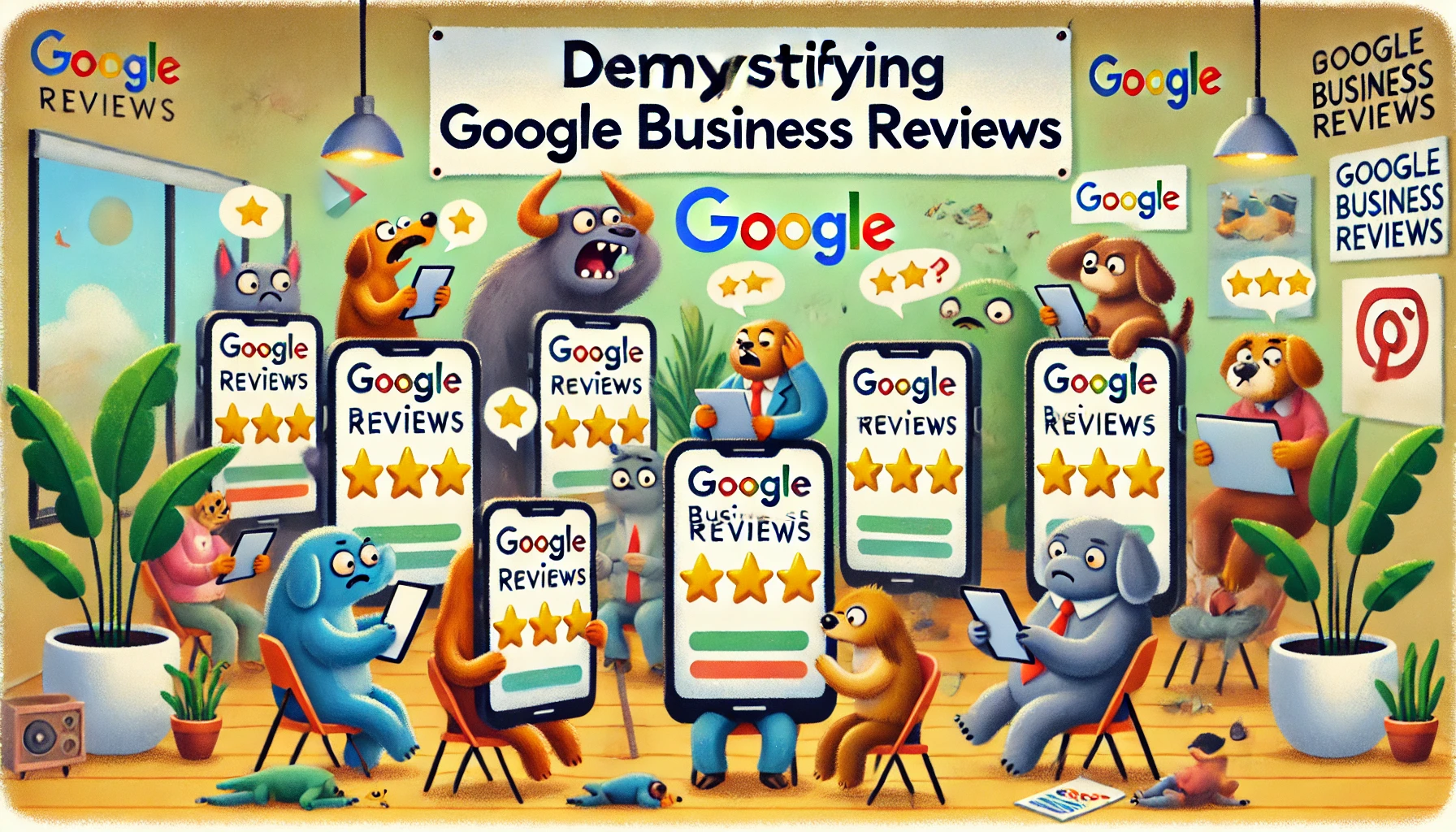Analyzing competition: gain strategic business insights

The saying “keep your friends close but your enemies closer” highlights the importance of analyzing your competition. In business, competitors are not just abundant but essential for growth.
Understanding your competitors can significantly advance your business by providing valuable insights into consumer preferences and the industry’s status.
Ways to boost success
Identify your real competitors
The first benefit of competitor analysis is recognizing who you are truly competing against. Begin by gathering information on similar businesses in your area, including both online and offline companies offering a similar product or experience to your target market.
Next, categorize these companies by various factors such as size, location, target audience, revenue generation, market penetration, product offerings, services, and mode of operation. The more categories you include, the more detailed your analysis will be.
For example, a local yoga studio looking to analyze its competition can classify competing studios into categories like the number of guests, locations operated, customer profiles, occupancy rates, fees charged, services offered, and whether they offer online or offline classes.
Analyzing competition in this manner helps you identify current and future competitors. It also helps clarify and define your objectives and recognize who is not your competitor—a critical piece of data.
Additionally, it positions your product to attract your competitor’s customers. A thorough competitor analysis can help your business save time, money, and resources through efficient targeting efforts.
In fact, businesses that conduct regular competitor analysis are 33% more likely to report higher customer satisfaction levels than those that do not.
Conduct a SWOT analysis efficiently
A Strength, Weakness, Opportunities, and Threats (SWOT) analysis is a valuable tool in business studies. It helps determine a business’s current position and the best path forward.
Analyzing your competitors to understand their strengths and weaknesses provides your business with a broader perspective, greatly aiding the SWOT analysis. It simplifies the process by allowing you to learn from their successes, failures, and customer feedback.
Understanding what they do and how they do it can help you identify opportunities and threats for your business. According to a study by the Harvard Business Review, companies that use competitor data in their SWOT analyses are 20% more likely to identify actionable strategies that lead to market share growth.
SWOT analysis needs a framework to be efficient, and competitor analysis provides that framework.
Improve market positioning with competitor analysis
First impressions are formed from what the brand and market say about a product. Therefore, it is crucial to communicate the right message about your product to establish the best brand positioning.
Deciding on pricing, marketing campaigns, and other product marketing elements will determine if you effectively reach your target market. Data collection is essential for this process, but it can be challenging.
This is where competitive analysis reports come in handy. Detailed competitor analysis allows you to understand their brand positioning, identify gaps in pricing, supply, demand, and marketing within your industry, and fine-tune your USP (Unique Selling Proposition) to attract customers.
Rebranding or repositioning based on competitor strategies can also be advantageous. According to McKinsey & Company, 60% of companies that reposition based on competitor analysis report improved market share within the first year.
Additionally, competitor analysis helps establish a benchmark in the market to measure your productivity, success, and growth. According to McKinsey & Company, businesses that benchmark against competitors are twice as likely to outperform their peers.

Build smarter branding and communication
Effective communication often sells products. Convincing your customers that you are the right fit for them can help your product gain traction swiftly. Analyzing your competition makes this easier.
Consider if Microsoft and Apple didn’t have each other as competition. Would both brands be leading choices in the market today? Probably not. It would have taken years of marketing and intense product development to reach that level.
Knowing your real competitors and their market performance enables you to frame competitive marketing strategies. If you’re starting a new business, analyzing your competition can help with branding.
You can choose to differentiate yourself and make a bold statement from the beginning. Your marketing and brand communication become smarter when you know what to say.
By analyzing your competition before setting marketing strategies, you can highlight your competitors’ shortcomings and offer customers what they are missing through marketing blogs, engaging ad copies, and innovative campaigns. According to a study by the Content Marketing Institute, companies using competitor analysis in their content strategy are 25% more likely to report high levels of customer engagement.
Spot trends easily with competitor analysis
Imagine knowing what your customers want before they realize it themselves. Successful companies have dominated markets by anticipating customer desires.
This process is called “trend spotting.” It allows you to stay ahead of your competitors and attract customers before the competition does.
Competitor analysis for trend spotting is an ongoing process. Businesses must stay vigilant and closely monitor marketing channels. The longer you collect insights from your competition, the more you learn about their successes and shortcomings.
By closely monitoring your competition over time, you can quickly identify trends in product development, customer experience, and marketing strategies. According to a report by Gartner, businesses that actively track and adapt to market trends are 30% more likely to achieve revenue growth above the industry average.
Evaluate competitors’ value propositions
Understanding your competitors’ value propositions can help ensure your product or service stands out in the marketplace.
By reviewing competitors’ websites, blogs, and promotional materials, you can identify what problems their products solve, the benefits they offer, and how they position their pricing. This knowledge can help you refine your own value proposition to better appeal to your target market.
In fact, a study by Bain & Company found that companies with a strong value proposition are 47% more likely to be industry leaders.

Analyze competitors’ marketing efforts
Evaluating how competitors market themselves can provide insights into their strategies and effectiveness. This includes their use of social media influencers, affiliate programs, digital advertising, and content marketing.
By understanding these aspects, you can develop marketing strategies that differentiate your brand and effectively target your audience. According to eMarketer, businesses that adapt their marketing strategies based on competitor analysis see a 25% increase in conversion rates.
Leverage business analytics
Business analytics can provide valuable insights into market trends, consumer behavior, and operational efficiencies. This data-driven approach allows businesses to make informed decisions, optimize processes, and identify new opportunities for growth.
Utilizing predictive and prescriptive analytics can also help anticipate market changes and adapt strategies accordingly. According to a report by Forrester, companies that leverage business analytics are 36% more likely to achieve faster decision-making and 30% more likely to identify new growth opportunities.

Expert opinions on analyzing competition
James Collins, Marketing Consultant: “One of the greatest benefits of analyzing competition is the ability to refine your marketing tactics. By observing what works for your competitors, you can adopt similar strategies and avoid their pitfalls. This can significantly improve your ROI and customer engagement.”
Aisha Patel, Entrepreneur and Author: “Competitive analysis is essential for benchmarking. It helps you measure your performance against industry standards. By knowing where you stand, you can set realistic goals and continuously improve your products or services, ensuring sustained growth.”
David Reynolds, Financial Analyst: “From a financial perspective, analyzing competition can help you understand the pricing strategies that dominate your market. This knowledge allows you to price your products competitively while maintaining healthy profit margins, ensuring your business’s financial stability.”

 7 min
7 min 







